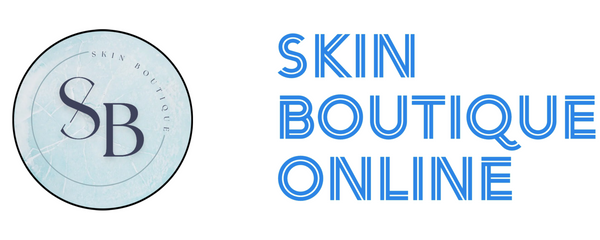General:
Exfoliating can help in reducing and preventing milia, but it might not completely get rid of existing milia on its own. Milia are small, white cysts that form when keratin gets trapped beneath the skin's surface. Here’s how exfoliation plays a role in dealing with milia:
How Exfoliation Helps
- Removing Dead Skin Cells: Regular exfoliation helps remove dead skin cells, which can prevent them from clogging pores and forming milia.
- Unclogging Pores: By keeping the skin surface clean and pores clear, exfoliation can help reduce the likelihood of keratin getting trapped under the skin.
Types of Exfoliation
Chemical Exfoliation:
- Alpha Hydroxy Acids (AHAs): Such as glycolic acid or lactic acid, which help to dissolve the bonds between dead skin cells and promote their shedding.
- Beta Hydroxy Acids (BHAs): Like salicylic acid, which can penetrate the pores and help to clear out trapped keratin.
Physical Exfoliation:
- Using gentle scrubs or exfoliating brushes to manually remove dead skin cells from the surface. However, physical exfoliation should be done carefully to avoid skin irritation.
Additional Treatments
- Retinoids: Topical retinoids can help to speed up cell turnover, reducing the formation of milia.
- Professional Treatments: Dermatologists can remove milia using techniques such as deroofing (using a sterile needle to remove the milia), cryotherapy, or laser treatments.
Preventive Measures
- Gentle Skincare Routine:** Avoid using heavy creams or oils that can clog pores.
- Sun Protection:** Use non-comedogenic sunscreen from Skin Boutique Online SunSafeMax line to protect your skin from sun damage, which can contribute to milia formation.
- Consistent Exfoliation: Regular but not excessive exfoliation to maintain clear skin.
While exfoliation is beneficial, if you have persistent or numerous milia, it's best to consult with a dermatologist for appropriate treatment options tailored to your skin type and condition.
